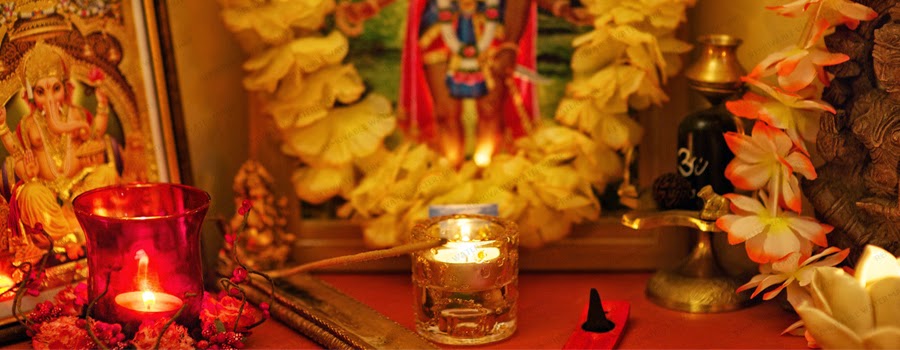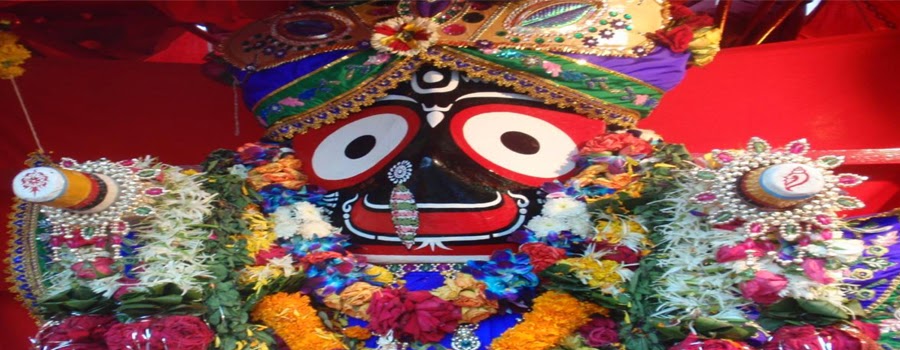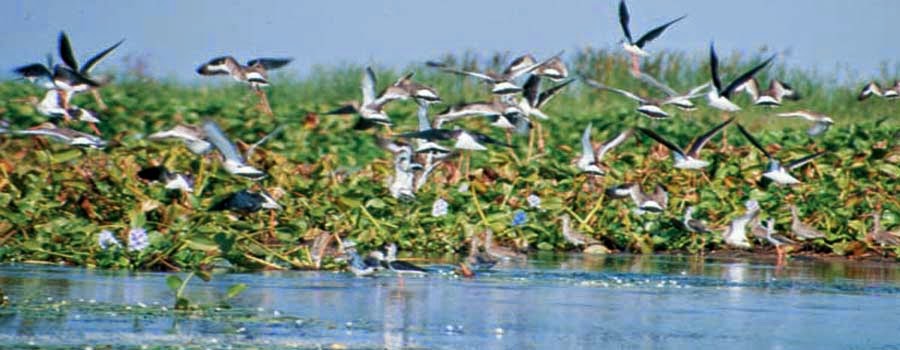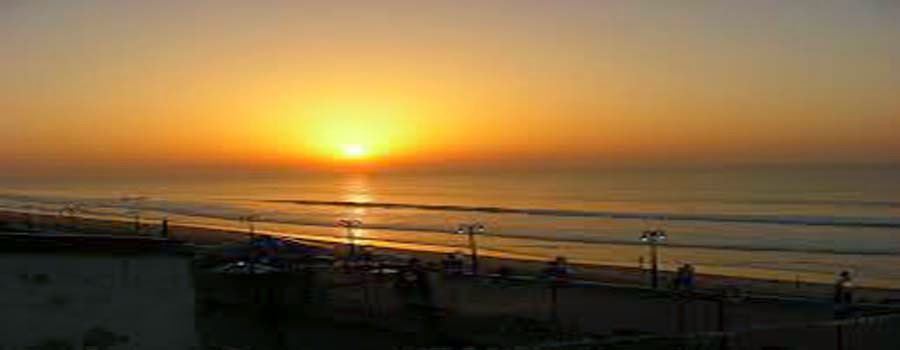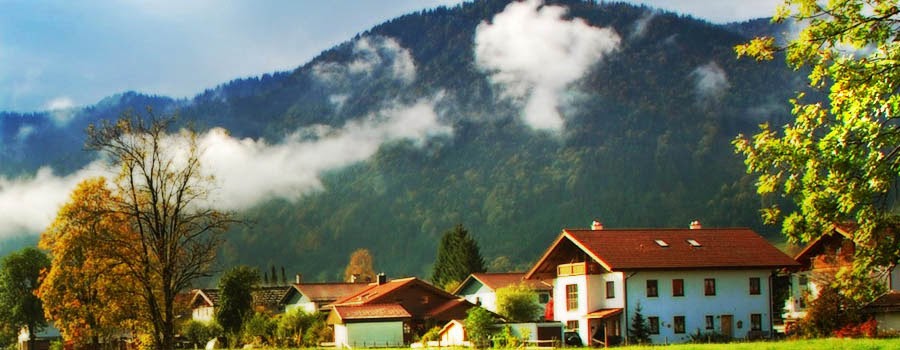Swosti Group is the famous and the largest hotel chain of Orissa, which is among the
best hotels in Orissa. The outlets of this group, namely, Hotel Swosti and the
Swosti Premium are situated in Bhubneshwar and at Gopalpura, Swosti Palm Resort
is located. And, now it becomes the first hotel in the state, which receives a
clearance from the Ministry of Environment & Forests, to set a resort on
one of the 26 islands of ChilikaLake.
“The construction work of Swosti Chilika Resort has commenced
and we plan to unveil it by October next years. The property will comprise two
blocks, one would be the hotel block with 36 luxury rooms and the resort block
will have 36 villas including a President villa, each with a pool. The
mesmerizing location- Chilika Lake is an eco-wonder that attracts migratory
birds from Siberian countries. Starting November to February end, millions of
migratory birds flock down to the phenomenal lake, thus creating a mesmerizing
site for the tourists. We aim to capitalize on the same”.
Discussing on the other detail of the
resort, Mr. Mohanty told that,
“He aims to establish a spa on the property and is busy
scouting for spa brand managers. A Sports Bar will also be an integral part of
the property along with a tall bird watching tower. There are no houseboats in
Odisha so far and he plans to poineer with two of them at the upcoming
property. Water activities and sports would be promoted at the resort. The
project would feature a yoga center, herbal gardens, large water bodies,
badminton and tennis court and facilities for conferencing and bicycle tours.
We intend to set up a cooking classess workshop for foreign tourists. We are
also making provisions for helicopter landing inside the resort”.
The distance of Chilika Lake from
Bhubneshwar is 100 km, means almost 1.5 hours to reach at the lake and also
Puri is located at the same distance from the National Highway 5.
“Releasing the dearth of hotels in the areas, Swosti Group
has acquired land for establishing hotel projects in Puri, Satpada and
Bhitarkanika to tap the unexplored potential. The construction of Puri Hotel
would begin by the end of this year”.
